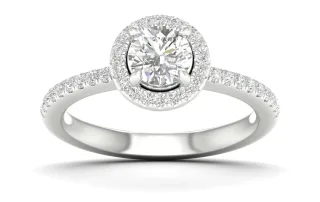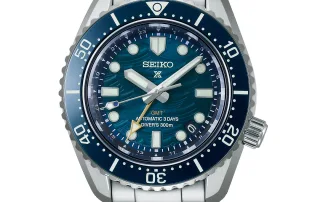
In the fascinating realm of horology, the appreciation of timepieces is a subject of keen interest to collectors and investors alike. Among the myriad of brands, Seiko stands out as a significant player. This exploration delves into whether Seiko watches are just time-keeping devices or potential investment jewels.
The story of Seiko begins in 1881, a tale rich in innovation and excellence. Understanding Seiko’s brand history is crucial in grasping why some of its watches are more than just functional objects. Over the years, Seiko has carved a niche for itself, balancing quality with affordability. In recent times, the watch market has seen a surge in demand for both modern and vintage Seiko watches, indicating a positive trend in their potential to appreciate.
Vintage Seiko watches, in particular, hold a special place in the world of collectibles. Their historical significance, coupled with their rarity, makes them highly sought after. Models from the ’60s and ’70s, for example, are not just timepieces but pieces of history, often appreciating in value due to their unique story and limited availability.
Limited edition models are another segment where Seiko has made its mark. These watches are produced in restricted quantities, inherently making them rare. The collector demand for these limited editions often drives their value upwards, as enthusiasts and investors vie to add these unique pieces to their collections.
When considering watches as an investment, it’s essential to weigh factors like brand reputation, rarity, and historical value. Seiko, with its long-standing history and reputation for quality, often ticks many of these boxes. Some Seiko models have shown a remarkable ability to not only retain their value but also appreciate over time.
The condition of a watch plays a pivotal role in its value. A Seiko watch in pristine condition, with original parts and optimal functionality, is more likely to appreciate. This aspect is particularly crucial in the resale market, where the value can significantly fluctuate based on the watch’s state.
A deeper understanding of horology, the science of timekeeping, reveals why some watches are more likely to appreciate in value. Factors like mechanical complexity, design innovation, and craftsmanship are integral to a watch’s potential to increase in value. Seiko’s contributions in these areas have been noteworthy, further cementing its position in the watch market.
In conclusion, while not every Seiko watch is guaranteed to appreciate, certain factors like vintage appeal, limited production, brand history, and overall condition significantly enhance the chances of appreciation. For enthusiasts and investors, a Seiko watch is not just a tool for timekeeping but a potential treasure trove in the world of horology.
Latest Posts
Laval Love Stories: 5 Best Proposal Spots (and the Perfect Rings to Match)
When it comes to unforgettable love stories, it’s all about [...]
Lab-Grown vs. Natural Diamonds: What You Need to Know
If you're shopping for a diamond in Laval, you may [...]
The Seiko SPB511J1: A Dive Watch That Honors 60 Years of History
Seiko has been a big name in the world of [...]
Bulova: Style, Precision, and History in Every Timepiece
Looking for a watch that’s elegant, reliable, and rich in [...]
G-SHOCK Watches: Built Tough, Made to Impress
G-SHOCK watches by Casio are known around the world for [...]
Timeless Elegance: Discover Raymond Weil at B.Serkos Jewelry
In the world of luxury watchmaking, few brands match the [...]










